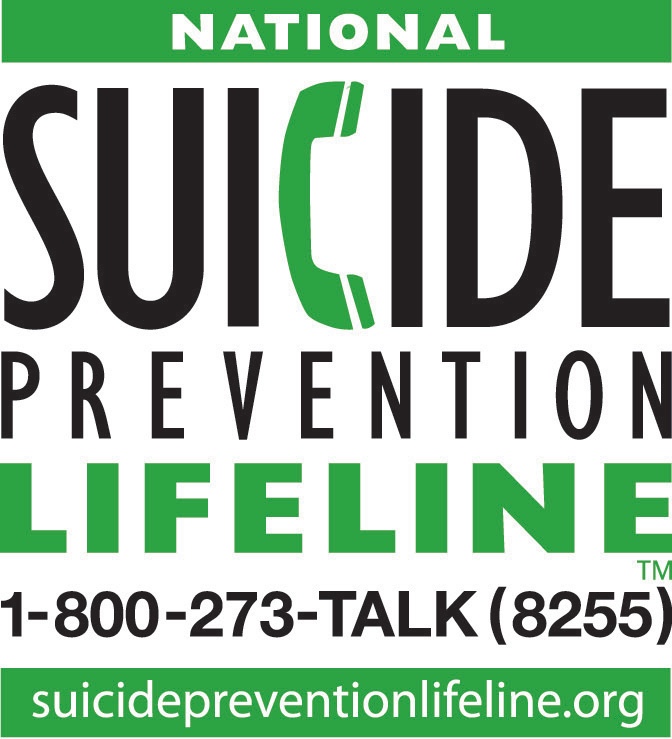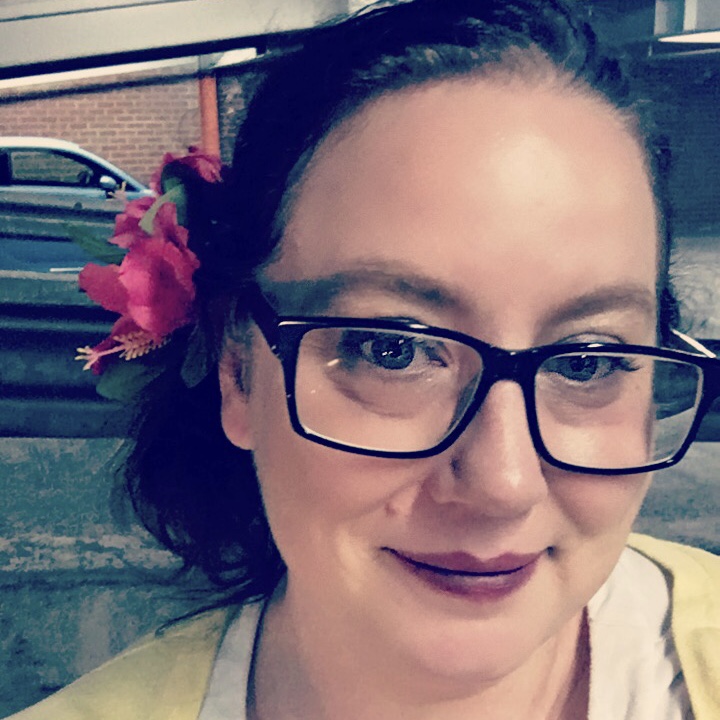I ended 2020 and started 2121 on an absolute high. I was feeling productive AND creative; plus I was convinced that with some effort, I could change the way I did my job to reduce stress and increase enjoyment / positive results. It was a time when I honestly felt like I was 25 years old again. When I remembered what it felt like to be ME, the me before my marriage, the me before my divorce, the me before covid. It was exhilarating, and it was all thanks to a little rug we’ve probably all seen advertised on tv: Abilify (generic name ariprazole). I started taking it because I was still depressed and low, despite 2 different antidepressants (Paxil and Wellbutrin, generically paroxetine and bupropion, respectively) and years of therapy. And at the smallest dose available of Abilify, my energy came surging back. It’s not that there weren’t problems for me to continue to address in my life (and work) regarding my mental health, it just seemed POSSIBLE to tackle them on Abilify. I felt the effects in as little as 2 weeks.
And for three months, I was in heaven. I started drawing and writing again. I took up pottery with a vigor I didn’t know I had. I think I may have even started this website during this beautiful period. Then at the end of January, my psychiatrist asked if I was still down & if I wanted to increase my dose. And greedy me thought “can I feel better than this??? Yes let’s increase it!”
Within 2 weeks the joint pain and myalgias started. I couldn’t figure out what was going on at first. I just knew that something wasn’t right. Because depression doesn’t usually leave you with a great ability to think positively, and due to the increasing pain, I assumed that this was it. You know, the end of my ability to do anything useful in life— such as walk, work, enjoy anything at all. When my psychiatrist & I figured out that the timing of these problems matched up with my change in Abilify doses, we took action. We tried different doses, both higher and lower. Things got better then worse. And after three months of pain, some days unable to get out of bed at all, I gave up on Abilify.
I tried to be positive, thinking that since I’d made so many positive changes while I was on it, I would be able to keep these new creative habits going. It was okay for awhile.
Then an extended family visit that seriously made me reconsider the aging process and the very nature of what makes you healthy to begin. I could feel it happening, the depression coming back over me like a cloud that casts a shadow across whole mountainsides. I took steps to get a book that I thought would help me for as soon as the family left. I talked about it with my therapist.
But the shadow just intensified until mid-summer when I spent almost all my time in bed, in a dark room, doing absolutely nothing except sleeping. I couldn’t watch tv or read. I could barely handle looking at my phone. This is when I started emphasizing to my therapist that things were getting worse. I couldn’t claw my way out of the darkness. My own thoughts began to scare me. My PTSD was beginning to grow, more triggers, more time spent on absolutely high alert, and so many nightmares that I stopped being able to sleep. I thought a lot about wanting to die. There were nights when I seriously considering checking myself into a psychiatric hospital. July was a dark, dark month.
In August, I started seeing a second therapist who specialized in the treatment of PTSD with EMDR (eye movement desensitization and reprocessing). Before you can begin any kind of EMDR, you need to be all in. You have to be able to let go & fully invest in the process. You have to want to do it and believe that it can help you. There can’t be a lingering part of you that thinks the therapy is full of shit, or you’ll never get better, or you’re not even worth treating.
And so my work began with the suicidal part of myself, the part of me that felt the pain too great to continue living. I had to connect deeply to this part in order to figure out why this seemed to be the only option my mind could focus on, to help quiet that part who saw suicide as the best solution for a debilitating problem. I had to sit face-to-face with this part of myself, who I call the grim reaper, and have an honest conversation about why suicide was not a viable solution for the pain. Could I really convince this protective part of me that there was another way? That she was safe despite the pain and that I was working on it so she didn’t need to find a solution, especially such a final one?
It took months to get to know all the vulnerable parts of myself that I’d been trying to silence. To make friends with these parts. And to form a strategic alliance to work together toward healing. It’s been a strange journey filled with unexpected places, people, and animals. My therapist likens my process to shamanic journeying— traveling through an alternate reality where you can meet and work with power animals or other helpful healers. I wasn’t really surprised by the appearance of all the animals, since 10 years earlier when I’d first learned meditation, I was often accompanied by a tiger on my meditations. And that tiger continued to help me through painful periods, although I must admit to being estranged at the start of the EMDR process.
It’s early December and I’ve only done three sessions of official EMDR. Some of it has been transformational, turning bad feelings/memories into stories of growth and resilience. But there has also been pain & the identification of issues more central to being than I could have realized on my own. For instance, the utter feeling of loneliness, soul-shaking alone-ness with no where or one to turn to. I’ve drown in an ocean of blood and destroyed an entire civilization as a fire breathing dragon. I’ve burnt down an entire forest and regrew it tree by tree, life sneaking through the ground like mycelium. I’ve felt the sudden weightlessness of being transformed into a bird mid-flight, giddy with delight at the extraordinary view and the feeling of safety in the air.
Am I excited to end 2021? After all of this, yes. But I know that the turning of one calendar page cannot change a life completely. Still, I hope that 2022 brings many changes. More healing, new work, healthy relationships. I still miss—and honestly grieve—the exuberance that I started this year with. But wasn’t it too good to be true? One pill to offer the rollback of 21 years, the return of youthful energy and optimism? I think so. In order for the gains to be long-lasting, I believe that you need to process the traumas of your life. Nothing can just disappear, not even feelings. So I’ll end the year here: I’m in the middle of the process but I’m hopeful that I’ll keep going. The hope was unfathomable just a few months ago, so that’s progress. Let’s keep making progress!

